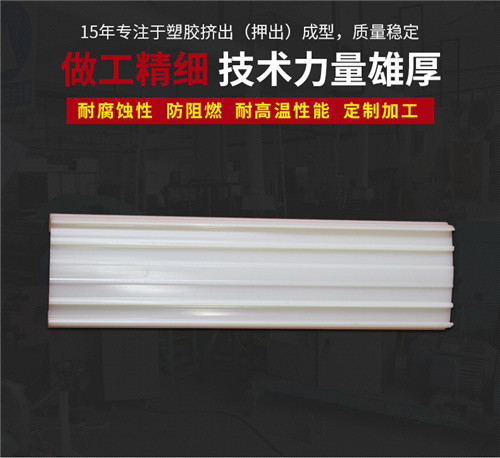
Phone Number :
08 16, 2023

In modern infrastructure, the cable duct plays a crucial role in providing a secure and organized pathway for cables and wiring systems. Its significance cannot be overlooked, as it ensures the smooth functioning of various systems that rely on uninterrupted power supply and data transmission. This article will delve into the diverse applications and benefits of cable ducts, highlighting their contribution to sustainable and efficient infrastructure.
The primary role of cable ducts is to ensure the safety and protection of electrical and data cables. By enclosing the cables within a durable and fire-resistant conduit, cable ducts shield them from external factors that could lead to damage or malfunction. These factors include extreme weather conditions, accidental contact, and exposure to chemicals or corrosive substances. The cable ducts offer an additional layer of security, reducing the risk of electrical hazards and maintaining the integrity of the overall infrastructure.
Cable ducts play a crucial role in efficiently managing and organizing the complex network of cables within an infrastructure. By providing structured pathways, the ducts eliminate the clutter and confusion caused by entangled cables. This makes it easier for technicians to identify and trace specific cables when maintenance or repairs are required. The organized layout made possible by cable ducts enhances troubleshooting and minimizes downtime, thus improving the overall efficiency of the infrastructure.
With the rapid advancement of technology, infrastructure systems need to adapt and expand to meet the increasing demands for power and data transmission. Cable ducts provide the necessary flexibility for such expansions. By installing extra conduits within the ducts during the initial construction phase, future cables can be easily added without the need for extensive and disruptive renovations. This flexibility ensures a cost-effective approach to infrastructure development, allowing it to keep pace with technological advancements without significant disruptions.
Overall, cable ducts are an integral component of modern infrastructure, serving multiple purposes that contribute to its smooth operation and longevity. They ensure safety and protection, enable efficient cable management, and provide the flexibility needed for future expansions. By considering the role and significance of cable ducts in infrastructure planning, designers and engineers can create sustainable and efficient systems that meet the evolving needs of a dynamic world.
In conclusion, the cable duct plays a vital role in modern infrastructure by providing safety, organization, and flexibility. Its ability to protect cables from external hazards, streamline cable management, and accommodate future expansions contributes to the overall efficiency and sustainability of infrastructure systems. Recognizing the significance of cable ducts enables engineers and designers to create robust and adaptable infrastructures capable of meeting the demands of a rapidly evolving world.